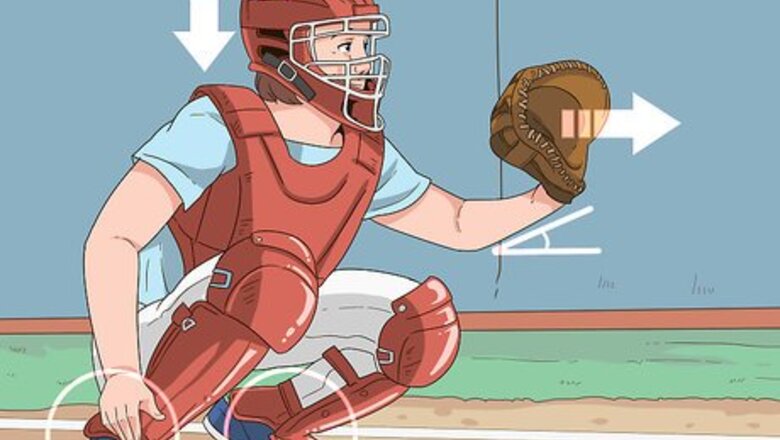
views
Positioning Yourself
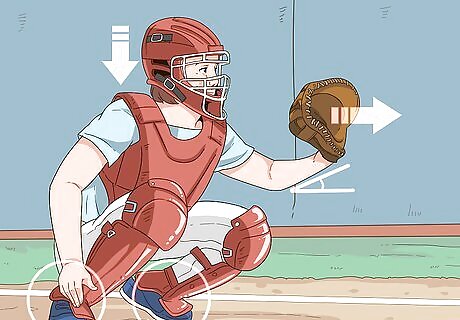
Squat and position your arms. Your normal position is squatting behind home. When doing this, your left foot should be a little bit in front of your right foot (an inch or two). Your left arm (catching arm) should be bent a little at the elbow. Avoid holding your elbow on the inside of your left knee. Straddle the plate, but do not block it. You should allow an open lane to the plate. The only time you can block the plate is when you have the ball in hand.
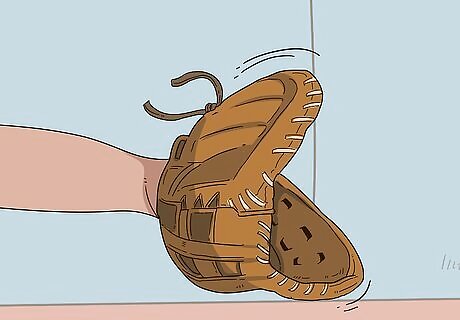
Keep your glove still. It is very important that you keep your glove as still as possible from the time the ball hits your glove until the umpire makes the call. Moving your glove even slightly can cause a good strike to be a ball.
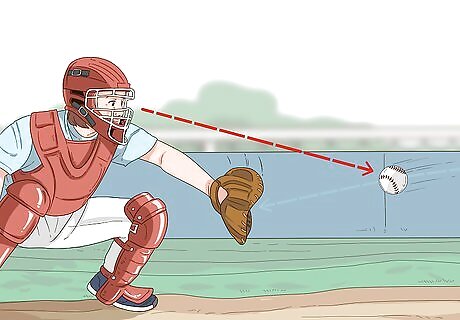
Keep your eyes on the ball. At all times during the game, you need to keep your eyes on the ball. Without watching the ball, you won’t be able to position yourself appropriately to catch the ball. In addition, you could put yourself in danger of being struck by the ball or the bat.
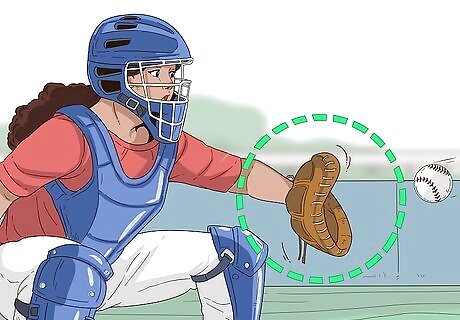
Relax your arm. Before catching a ball, you need to relax your arm. If your arm isn't relaxed, the impact of the ball could hurt you. After you relax your arm, focus on where the ball is headed.
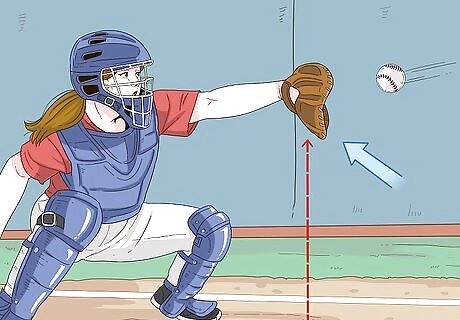
Position your arm and mitt. Once you've identified the height at which the ball is approaching, you should position your arm appropriately and open your mitt. In addition: If you know the pitcher is pitching high, position your arm and glove high. You’ll want to move your whole body to receive the pitch (not just your glove). This will help you better catch it. This tactic is known as swaying. Don’t move while the pitcher is throwing. You’ll distract them. If the ball is a definite strike, make sure to extend your arm and catch it with a straight elbow.
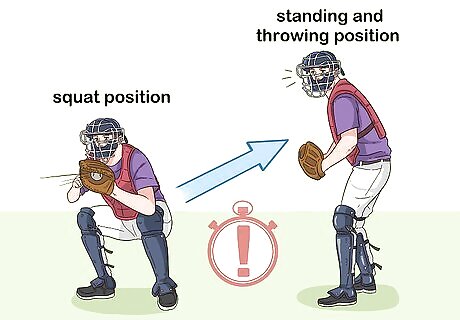
Adjust quickly to a standing and throwing position. To best throw out runners, you’ll need to practice quickly moving from the squatting position to your feet. Practice quickly bouncing from a squatting or kneeling position to a standing position. To do this, use your legs to spring upward. When trying to throw out a runner, make sure to use proper footwork. You should catch the ball and crow hop in place. Catching the ball and then taking a step and throwing it gives the runner an extra second.
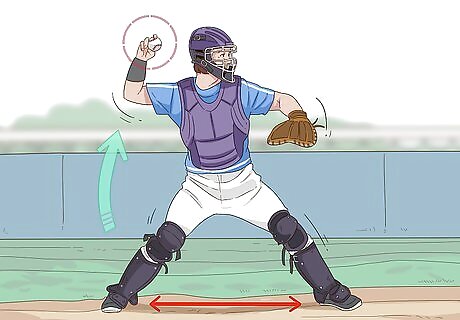
Transfer the ball from your glove to your throwing hand. After catching a ball, you’ll have to hone your skills at transferring it to your throwing hand so you can out runners. This is because you’ll need to quickly deliver a ball you’ve caught to the first, second, or third basemen (or others). While transferring the ball from glove to throwing hand, make sure not to bring your glove all the way back to your shoulder. You should catch the ball, make a quarter turn, and take the ball out. If you bring the glove all the way back it makes the transfer a lot harder and you'll frequently have to double clutch.
Catching the Ball
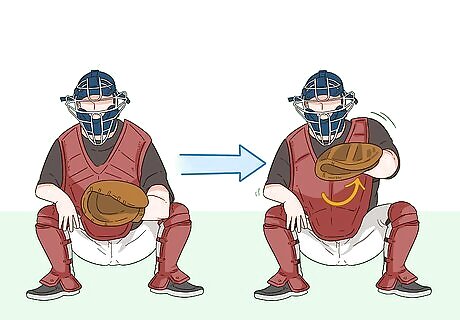
Frame the ball. Framing the ball is a tactic of making it so the umpire can see the ball from a certain angle. Framing is often used when it might be ambiguous as to whether the ball is a strike or is not. There are several keys to framing a pitch: Give the umpire a view of the ball from the angle that makes it look like a strike. Do this by moving your body and hands slightly. For example, if the pitch could be a ball or strike, try to catch the outside of the ball and slightly twist your wrist as you move your arm outward. Move your arm and glove forward a couple inches after you catch it.
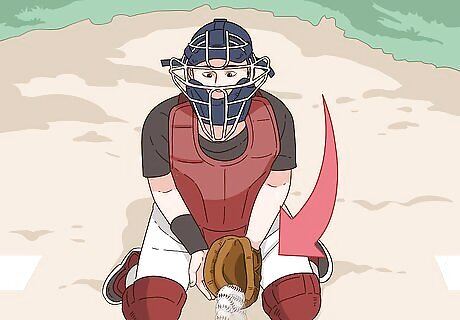
Block dirt balls. If you think a ball will hit the dirt and bounce, you need to quickly position yourself to get the ball. Try to move yourself slightly toward the ball. In addition, position your legs so you can quickly spring toward the ball. You may need to drop to your knees so you can better lean in toward the ball. Depending on the trajectory of the ball, you may need to duck your chin down to protect your neck. Don’t move too much. You could wind up getting hit by the ball or the bat.

Scoop up balls that fall just short of you. Much like with catching dirt balls, acquiring a ball that falls a little short of you is very important. The quicker you get the ball, the quicker you can stop your opponents from advancing. To scoop the ball, move toward it and scoop downward with your glove and use your throwing hand to direct the ball into your glove.
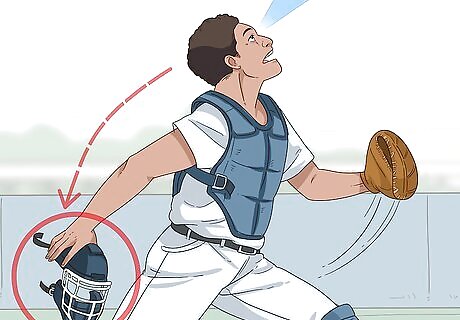
Remove your helmet to catch pop ups and fouls. When it comes to catching pop ups and fouls, you’ll have to quickly remove your helmet, stand up, and catch the ball. This is important, as it will give you the mobility and the ability to see the ball.
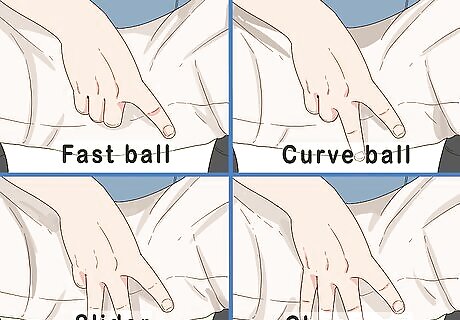
Use signs. As a catcher, you’ll have provide hand signs to the rest of your team about possible defensive plays. Signs may vary, as you don’t want the opposite team to know what you’re going to do. Some signs include: One finger for a fast ball, two fingers for a curve ball, three fingers for a slider, and four fingers or wiggle fingers for a changeup.
Being a Team Player
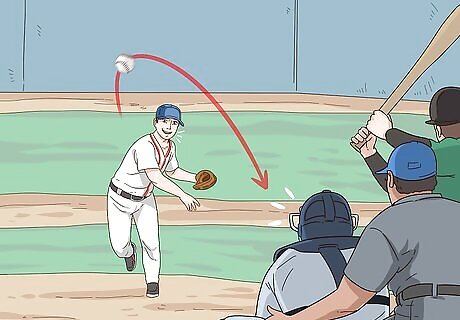
Collaborate with the pitcher. You and the pitcher are fundamentally a team within the larger team. To properly collaborate, you’ll need to forge real communication with the pitcher. Be sure they know your hand signs. In addition, know which type of balls your pitcher can throw the best.
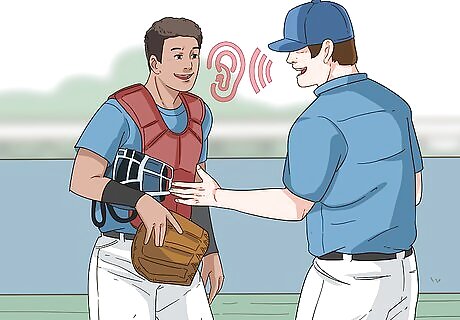
Hone your leadership skills. In many ways, the catcher is a defensive coordinator for the team. As a catcher, you’ll need to be able to effectively communicate with your team mates and to send them signals during the game. You’ll also have to be supportive and mentor weaker players. Talk to your teammates before the game. Avoid making defensive success or failure about any one person. Encourage everything to work together as a team.
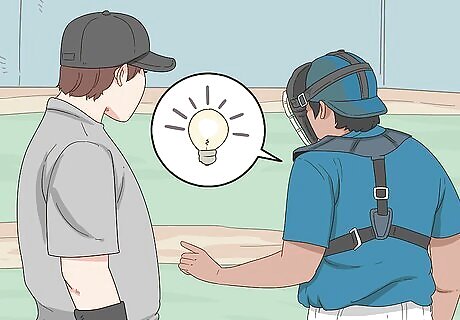
Educate yourself about your teammates’ strengths and weaknesses. To be a successful leader and catcher, you’ll need to observe and talk to your teammates to find out their strengths and weaknesses. Without knowing these, you won’t be able to mount a proper defense. Focus your attention on pitchers and basemen.
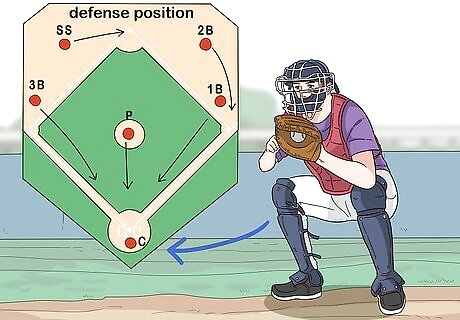
Plan the defense. As catcher, you’ll have a large responsibility in planning your team’s defense. You’ll have a say in which players are on the bases, you’ll be able to give your basemen a sense of where and who they should throw balls to, and more. As a result, take the time to reflect on your overall defense.












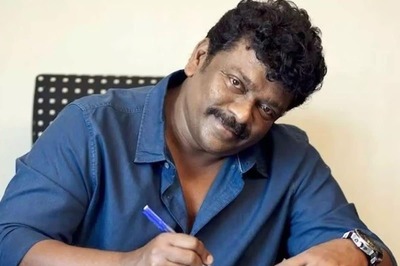



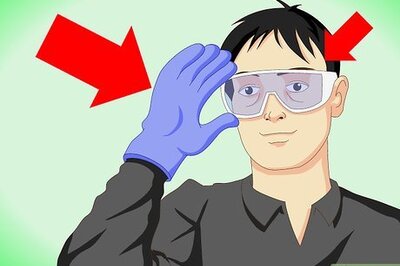
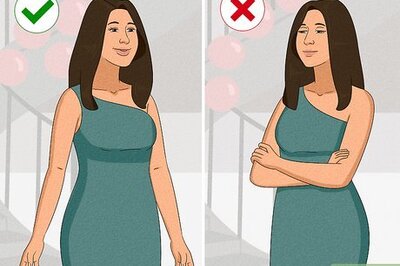

Comments
0 comment